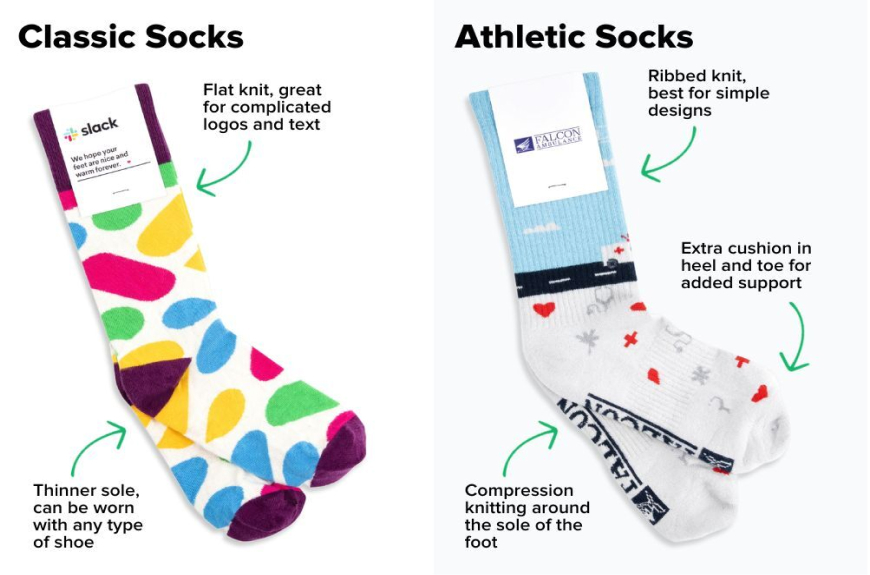Corporate matching gifts are a powerful yet often overlooked tool in the world of charitable giving. As we enter 2024, it's crucial for donors and nonprofits alike to understand and leverage these programs effectively. This guide will walk you through the essentials of corporate matching gifts, helping you maximize your philanthropic impact.
Understanding Corporate Matching Gifts
Corporate matching gift programs are initiatives where companies match their employees' charitable donations. This effectively doubles (or sometimes even triples) the impact of an individual's contribution. These programs are a win-win, boosting employee morale while significantly increasing support for worthy causes.
Many donors are unaware that their employers offer such programs, leaving millions in potential donations untapped each year. Raising awareness about these opportunities is crucial for both donors and nonprofits.
Top Corporate Matching Gift Programs in 2024
As we move into 2024, several companies stand out for their generous matching gift programs. Tech giants like Microsoft and Google continue to lead the pack, often matching donations at a 1:1 ratio up to substantial amounts.
Financial institutions such as Bank of America and JP Morgan Chase have also expanded their programs, recognizing the importance of corporate social responsibility. Some companies are even extending their matching to volunteer hours, not just monetary donations.
It's worth noting that while these large corporations often grab headlines, many smaller and medium-sized businesses also offer matching gift programs. Employees should always check with their HR departments for details.
Eligibility Criteria for Corporate Matching Gifts
While corporate matching gifts are fantastic, it's important to understand that they come with certain criteria. Most companies have specific guidelines about which organizations qualify for matching.
Typically, eligible organizations include registered 501(c)(3) nonprofits, educational institutions, and sometimes religious organizations. Some companies may exclude certain types of organizations based on their corporate values or policies.
Additionally, there are often minimum and maximum donation amounts that qualify for matching. These can range from as little as $25 to as much as $100,000 or more, depending on the company.
Employee eligibility is another factor. Full-time employees are usually eligible, but policies regarding part-time employees, retirees, and spouses can vary widely between companies.
Streamlining the Matching Gift Submission Process
One of the biggest challenges in corporate matching gifts is the submission process. Many potential donations go unmatched simply because employees find the process too cumbersome.
Fortunately, technology is making this easier. Many companies now use online platforms that streamline the submission process. Employees can often initiate a match request with just a few clicks.
Nonprofits can help by providing clear instructions on their websites about how donors can check their eligibility and submit matching gift requests. Some organizations even use specialized software to identify potential matching gift opportunities among their donors.
The Impact of Matching Gifts on Employee Engagement
Corporate matching gifts do more than just increase donations - they can significantly boost employee engagement. When employees see their company supporting causes they care about, it fosters a sense of pride and connection to the workplace.
Some companies, like Custom Sock Club, have found creative ways to combine employee recognition with charitable giving. Their unique approach to employee recognition gifts could inspire other companies to think outside the box when it comes to combining employee appreciation and corporate giving.
Maximizing Matching Gifts for Nonprofits
For nonprofits, actively promoting matching gift programs can lead to substantial increases in donations. Organizations should educate their donors about these programs and make it easy for them to check their eligibility.
Including information about matching gifts in all fundraising communications, from email campaigns to social media posts, can help raise awareness. Some organizations, like the Leukemia & Lymphoma Society, have dedicated pages on their websites explaining matching gifts and guiding donors through the process.
Looking Ahead: The Future of Corporate Matching Gifts
As we move through 2024 and beyond, corporate matching gift programs are likely to evolve. We may see more companies adopting these programs as part of their corporate social responsibility initiatives.
There's also potential for further technological advancements to simplify the matching process, possibly even automating it entirely. This could dramatically increase participation rates and, consequently, the impact of these programs.
Corporate matching gifts represent a significant opportunity for amplifying charitable giving. By understanding these programs, knowing how to navigate them, and actively promoting their use, both donors and nonprofits can maximize their philanthropic impact in 2024 and beyond.


